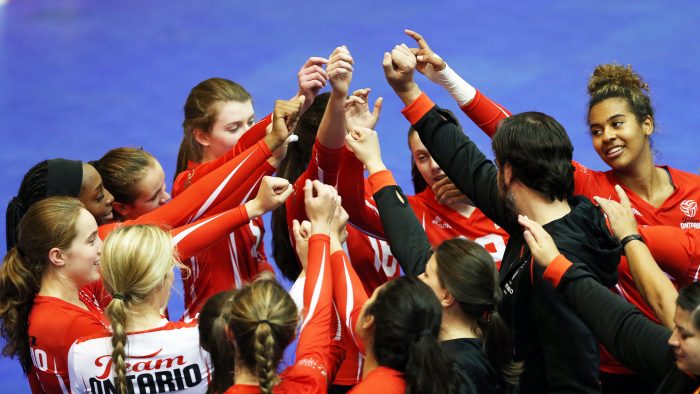 Four ways to make women and girls part of your return to sport and play plans
Four ways to make women and girls part of your return to sport and play plans

As sport and physical activity leaders shift from managing the COVID-19 shut-down to planning for recovery, it is essential that we include women and girls in our plans from the outset. Bringing a gender lens to your “return to sport and play” planning will set you up for success, mitigate risks and create opportunities for your entire program or organization.
We recently outlined the need for and benefits of this approach in our opinion piece. To summarize the key points:
- Women and girls face greater barriers due to COVID-19. Personal barriers (e.g., financial hardship, burden of family caregiving) are on the rise and women are disproportionately impacted. If barriers for women in sport and physical activity increase at the same time due to cuts to dedicated initiatives or inequitable re-allocations of resources, the effects will be multiplied.
- Women leaders are assets that will help organizations recover more effectively and get to an even stronger place. Diverse teams make better decisions, are more innovative, and outperform non-diverse teams on many important organizational performance indicators—financial and otherwise.
- The better an organization can engage women and girls, the larger its potential pool of members, volunteers, coaches and champions will be. This is essential for the recovery and long-term sustainability and relevance of the system.

We urge all leaders to be inclusive in your recovery planning. Here are four steps you can take:
- Make a commitment: Have a conversation with your board, team or colleagues and decide together to make inclusion a priority. Then identify tangible steps you will take to ensure that the commitment is reflected in the recovery process.
- Tap into best practice: Take advantage of the many virtual learning opportunities right now to expand your knowledge of gender equity principles and gather practical advice. Jumpstart’s Keeping Girls in Sport e-module and our free webinars are great starting points. Encouraging coaches, administrators, programmers and others to access these professional development opportunities will increase capacity throughout your system.
- Include women in planning: The best and most efficient way to create inclusive plans is to have an inclusive process. Invite women with diverse lived experience to participate in your planning. If you do not already have women in decision-making roles, you can always invite women to the planning table and consult them as essential stakeholders.
- Use a gender lens: This effectively means asking the question “How could this impact women differently?” It’s typically assumed that decisions impact people the same way, but research shows that women and girls are often unintentionally placed at a disadvantage. By running potential decisions through a gender lens, you may uncover opportunities to boost inclusion and the associated benefits. This quick guide shows you how to do this.
These steps will help set you up for success and save time, energy, and potential issues down the road.
Canadians are looking forward to playing and competing again. Your efforts today can make a difference for girls and women now and define the future of sport and physical activity. Let’s all come back stronger together.
Visit our new web page How to Bring a Gender LENS to Your COVID-19 Response to find all our COVID-related resources in one place. Contact us directly if you need support with your planning by emailing [email protected]. We can help you identify the right solutions for your priorities.
